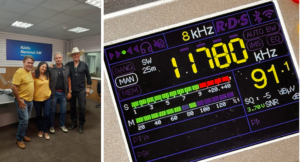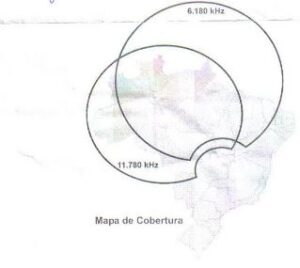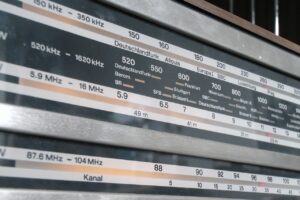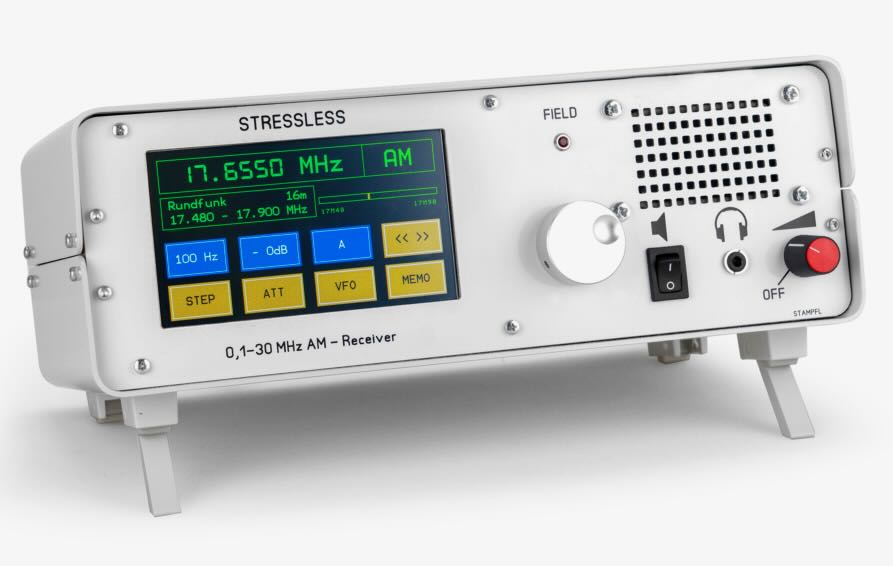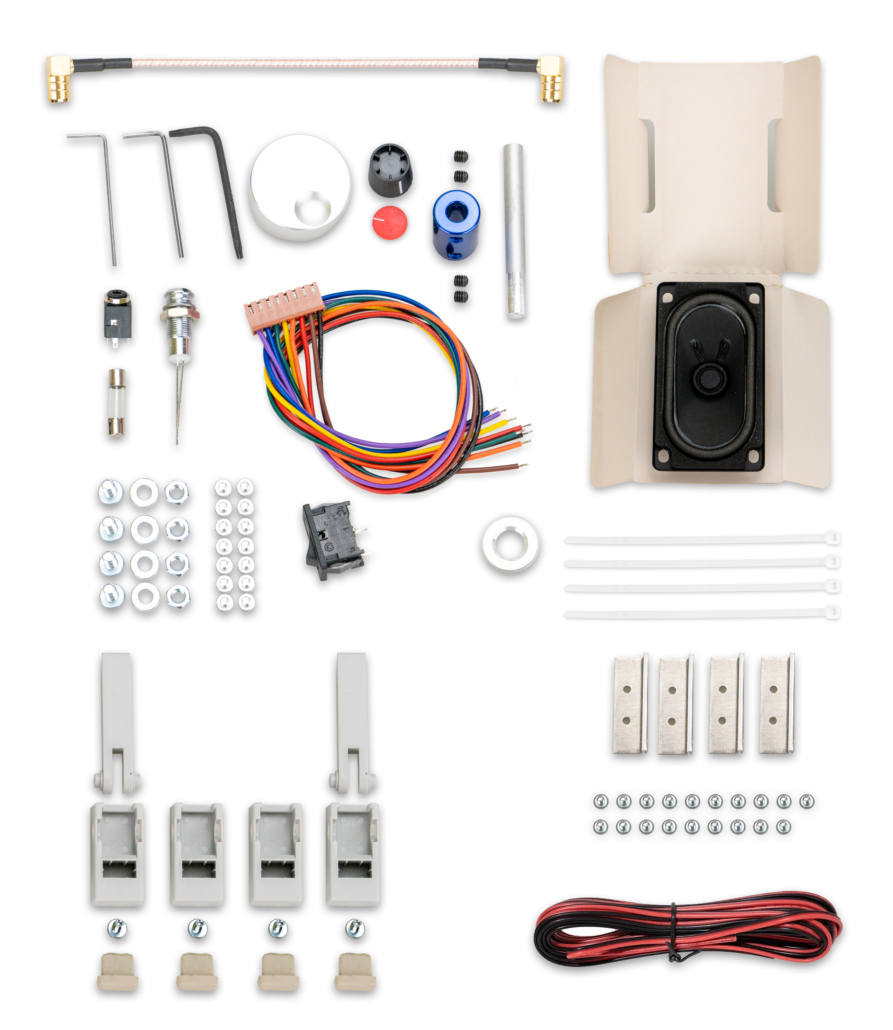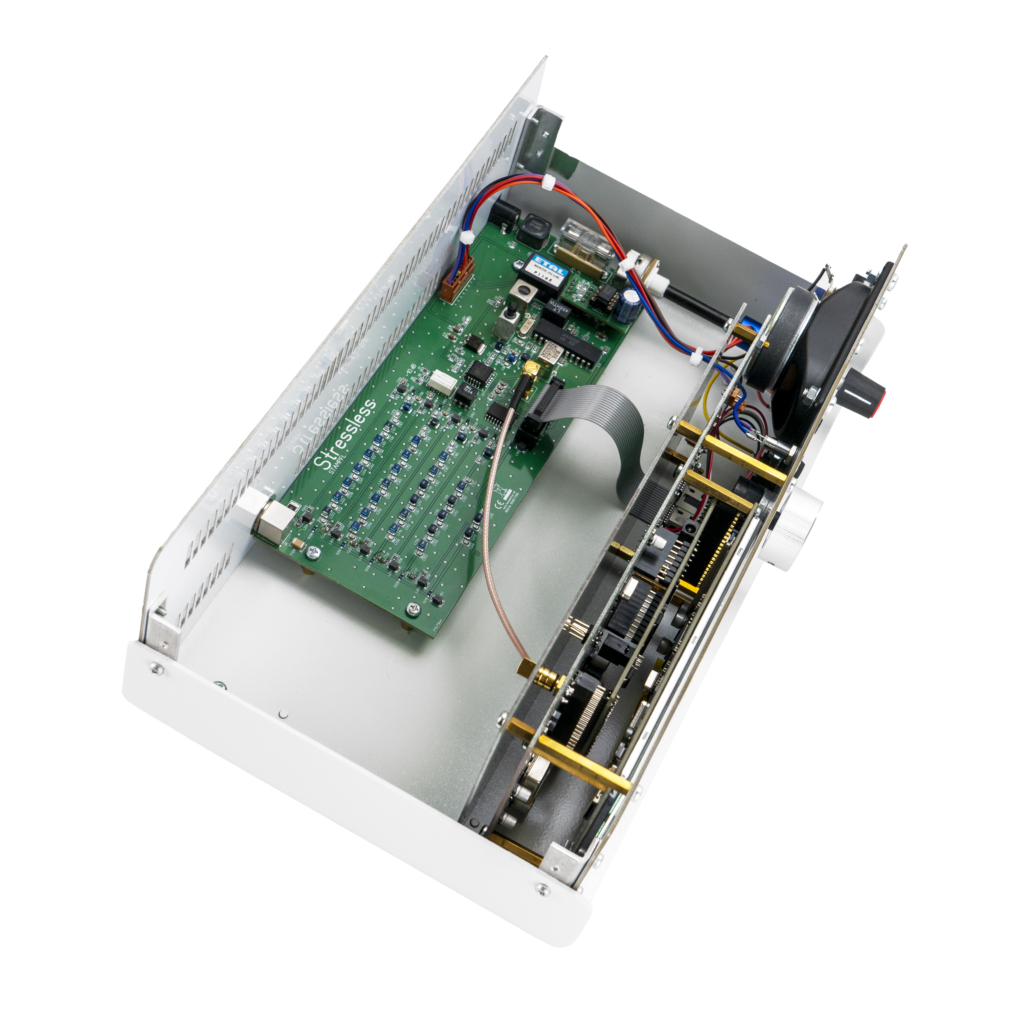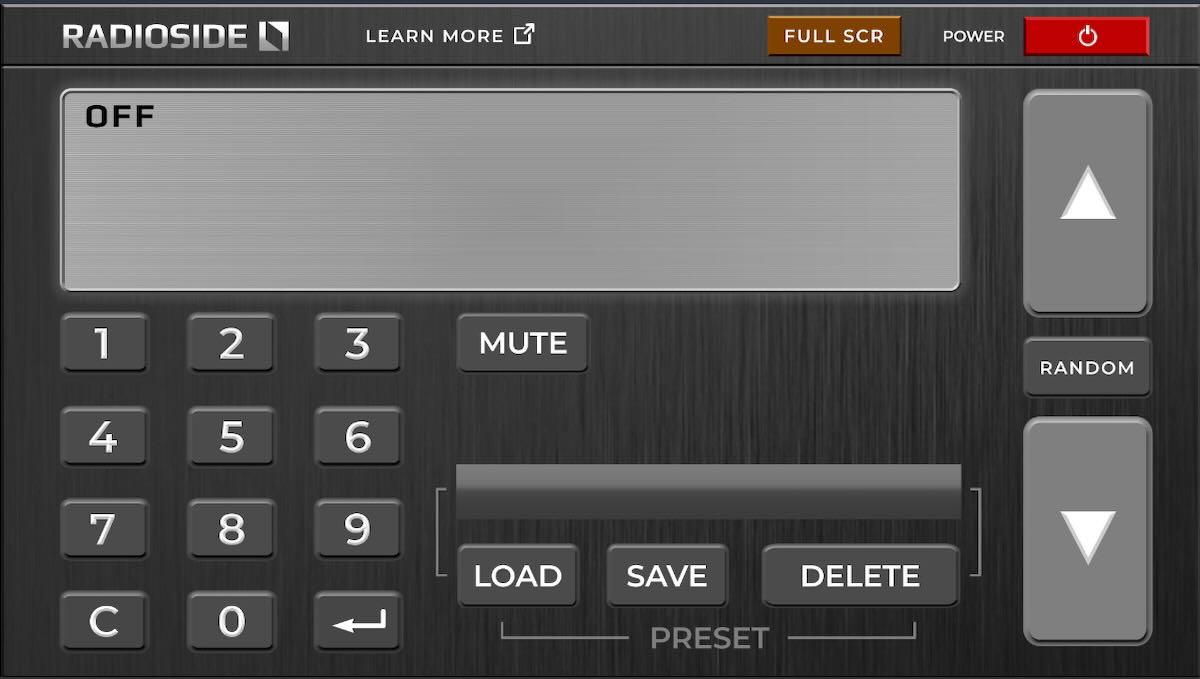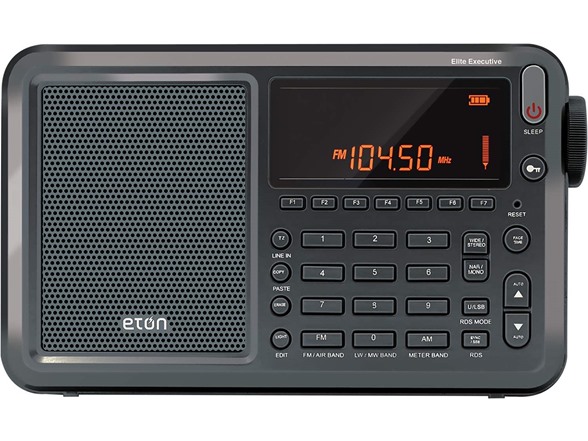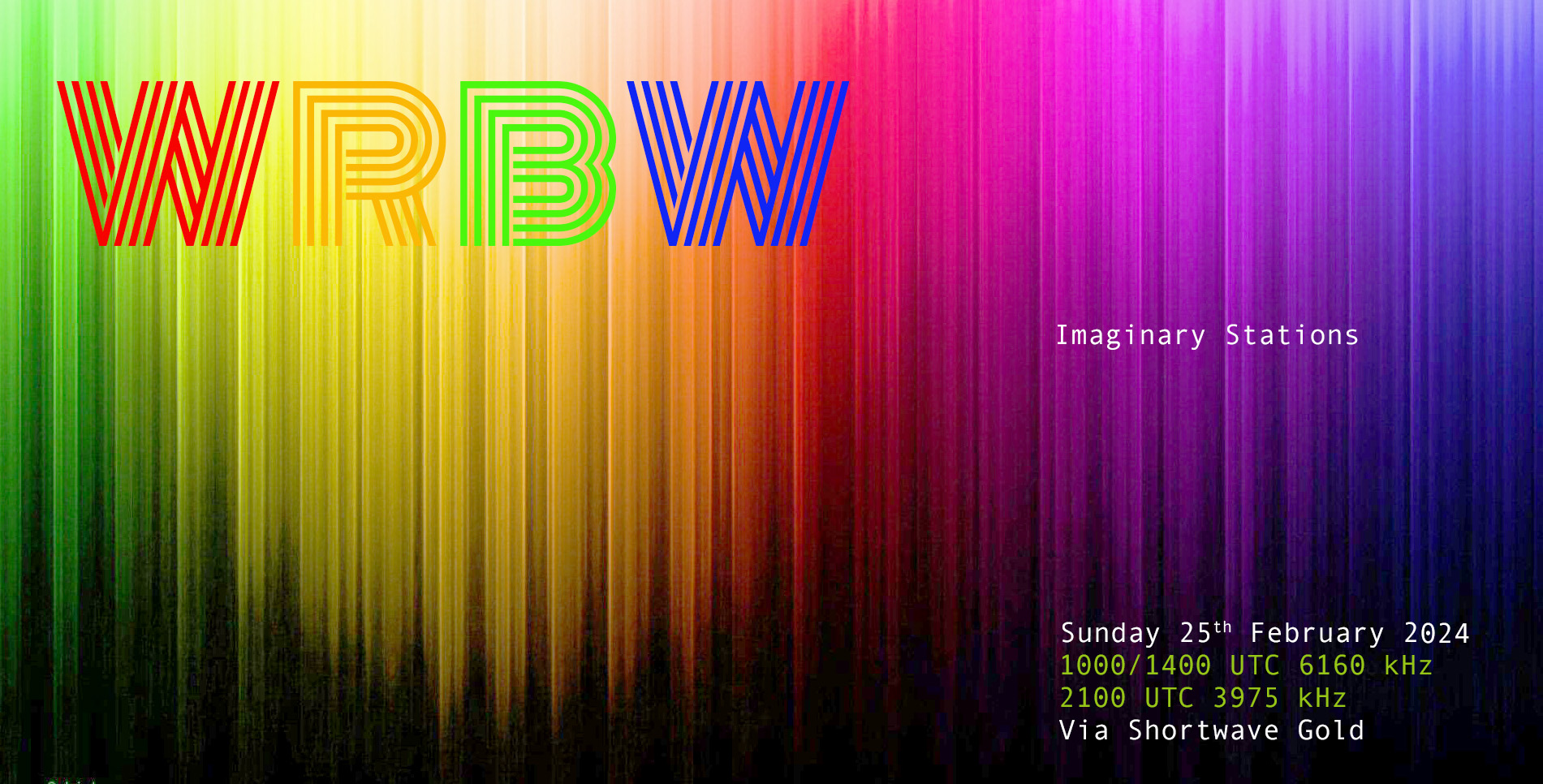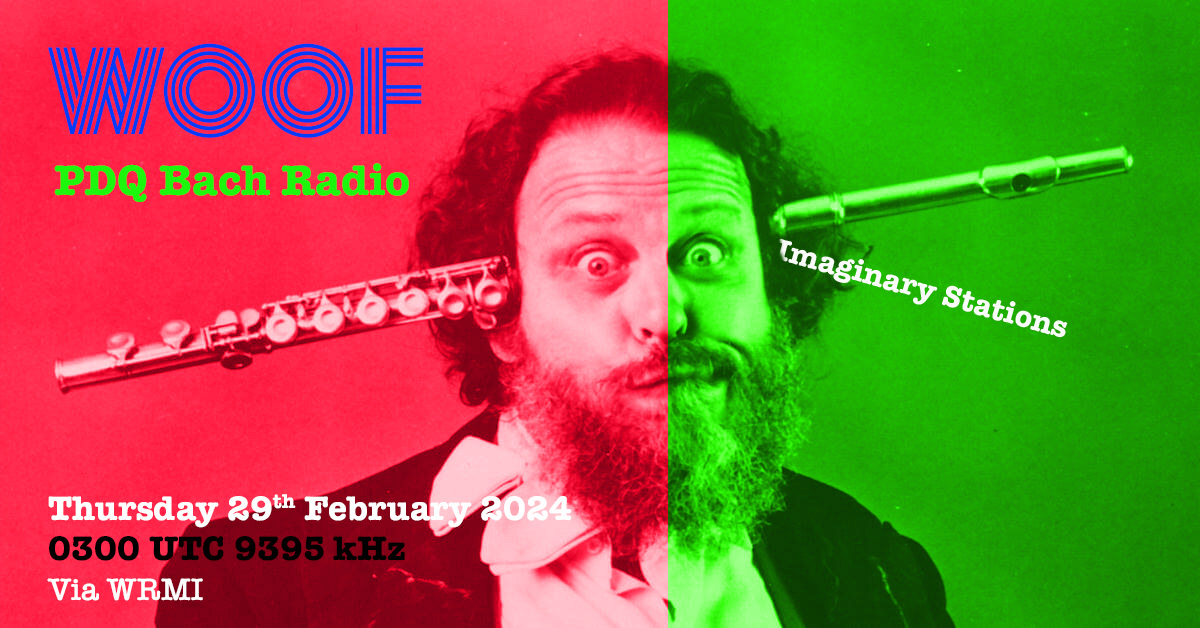Radio Nacional Brazil staff & reception of the Amazonias shortwave service in Alaska!
by Paul Walker, Program Director Of KSKO 89.5 McGrath, Alaska
I moved up to McGrath for 2 reasons, the job and DX’ing! Some people move here because they’re outdoorsy types.. hunting, fishing or etc but not me. I knew from previous experience in Galena, Alaska that DXing here would be amazing so after a 3 year absence
I have done AM DX, but am mainly doing SW DX now and while I’ve used a few radios over the years, this is my current radio, the long silver rectangular TEF6686. It’s coupled with a 15 foot Wellbrook loop, DXEngineering Preamp and an EmTech ZM2
I quickly discovered Radio Nacional de Amazonias service broadcasting from near Brasilia to the Amazon region of Brazil. They use 100,000 Watts on 6180khz and 11780khz. 6180 is listed on Short-wave.info as beaming at 344 degrees and 11780 is listed as 0 degrees, which could be interpreted as 360/1 deg, straight up or Non Directional.. neither of which appears to be true according to a map I’ve seen in a few places
(from Timm Breyel’s blog, https://shortwavedxer.blogspot.com)
It would appear the 6180khz service is beamed at about 355 degrees and the 11780khz service is beamed at about 345 degrees.
Anyways, I quickly came to like this station because, even though it’s all in Portuguese, a language I neither speak nor really understand.. it’s quite lively and entertaining. Wether it’s a futbol match, with the announcer holding the “GOOOOAAAAALLLLL” scream for 10-20 seconds, a radio play/drama (Yes, really!) or an interactive show with listener comments and music, it’s a FUN listen and you get the sense that the audience likes the station!
Here’s a short 3 clip montage of some excited futbol announcers on Radio Nacional de Amazonias 11780khz recorded from my Alaska QTH as they excitedly proclaim “GOAAAAALLLL”
That listener interactive show is what really drew me in, hosted by the man in the cowboy hat in the picture at the top of this page, Mauricio Rabelo. He seems to be well liked, somewhat of a long term legend in Brazil radio and good at what he does.
The Radio Nacional de Amazonias signal on 11780khz is always at least mildly listenable here in McGrath, alaska but as evidenced by the picture, it can be and is often quite good. There are many times where its as solid as a 50KW local broadcast AM signal from 20 miles away could be with zero noise, zero fading and the ability to widen my radios audio bandwith all the way from 3khz to 6khz or even sometimes 8khz bandwith!
Here’s a video of my reception using the older ATS25 radio
I soon discovered that the station had a WhatsApp number and listeners could send in messages that the station would sometimes play over the air so I thought to myself, “Why not? give it a try” and they were thrilled to have a listener so far away who also sent in a message.
I am many thousands of KM’s outside the target area of the SW signal but am directly in the main lobe and at a great location for a 2nd or 3rd hop, which is what makes the signal so consistent and so good for me.
I became a regular listener and semi regular contributor of WhatsApp voice messages to the show, “Eu de Cá Você Lá” that Mauricio Rabelo hosts most afternoons. He admitted once or twice, his English was very very poor and almost non existent so I took it upon myself to start using a few Portuguese words from time to time, and even using a few new ones now and then.. probably butchering the pronunciations but people started taking notice.
Mauricio himself would use a few basic english words “thank you my friend” and struggle to do it, but he’d try. Listeners especially took notice and would comment from time to time on my participation in the show, loving the fact I listen from so far away and have tried to learn their language.
This has gone on over the last 3 years or so and is still fun for me. I usually tell Mauricio and listeners in my messages about the weather here or any important/interesting news we have going on, in very brief detail. I’ve had listeners even invite me to visit Brazil! I make sure I begin each message with a greeting in Portuguese, “boa noite” (goodnight) and end each message with a “sign off” in Portuguese, “muito obrigado” (many thanks) so if nothing else gets said in Portuguese, there’s at least that.
I’ve been known to make dinner and go to the park with my gear on warm weather days and enjoy listening while eating dinner!
In a tv special on 100 years of radio in Brazil, Mauricio and another man are guests where they talk about radio and in one particular segment, they talk about the reach of Radio Nacional on Shortwave. In the video below, fast forward to 4 minutes and 10 seconds then watch/listen for a little bit…. you don’t have to understand Portuguese to understand the reference Mauricio makes about 30-40 seconds in
I kind’ve consider Radio Nacional de Amazonias to be “somewhat dx” despite the regularity and strength of the signal because I’m so far from their intended service area yet the signal visits me at a good level quite often. It’s a perfect set of circumstances that make that happen too, because If I was further west/southwest or further east/southeast the signal wouldn’t be as good.
I’ve searched high and low for clips of the station and found some good ones, but never any quite as good as mine.
By the way, the picture of the staff at the very top of the post was taken by them just for me and sent over WhatsApp after I sent along a picture and video of me working at KSKO 89.5. The man on the left in yellow is the co host of “”Eu de Cá Você Lá”, the woman in yellow is the female news reader, the man 3rd from the left is the producer and the man on the far right in the cowboy hat is Mauricio Rabelo. Search for Mauricio on Youtube and you’ll find some very interesting videos of him holding a parade when he was campaigning some years ago for a federal office
I like, despite the distance and language barrier, there’s been a bit of a connection between people. It’s the magic of radio waves that got me interested in working in the broadcasting business nearly 30 years ago and part of the reason why I’m still at it after 20 years

